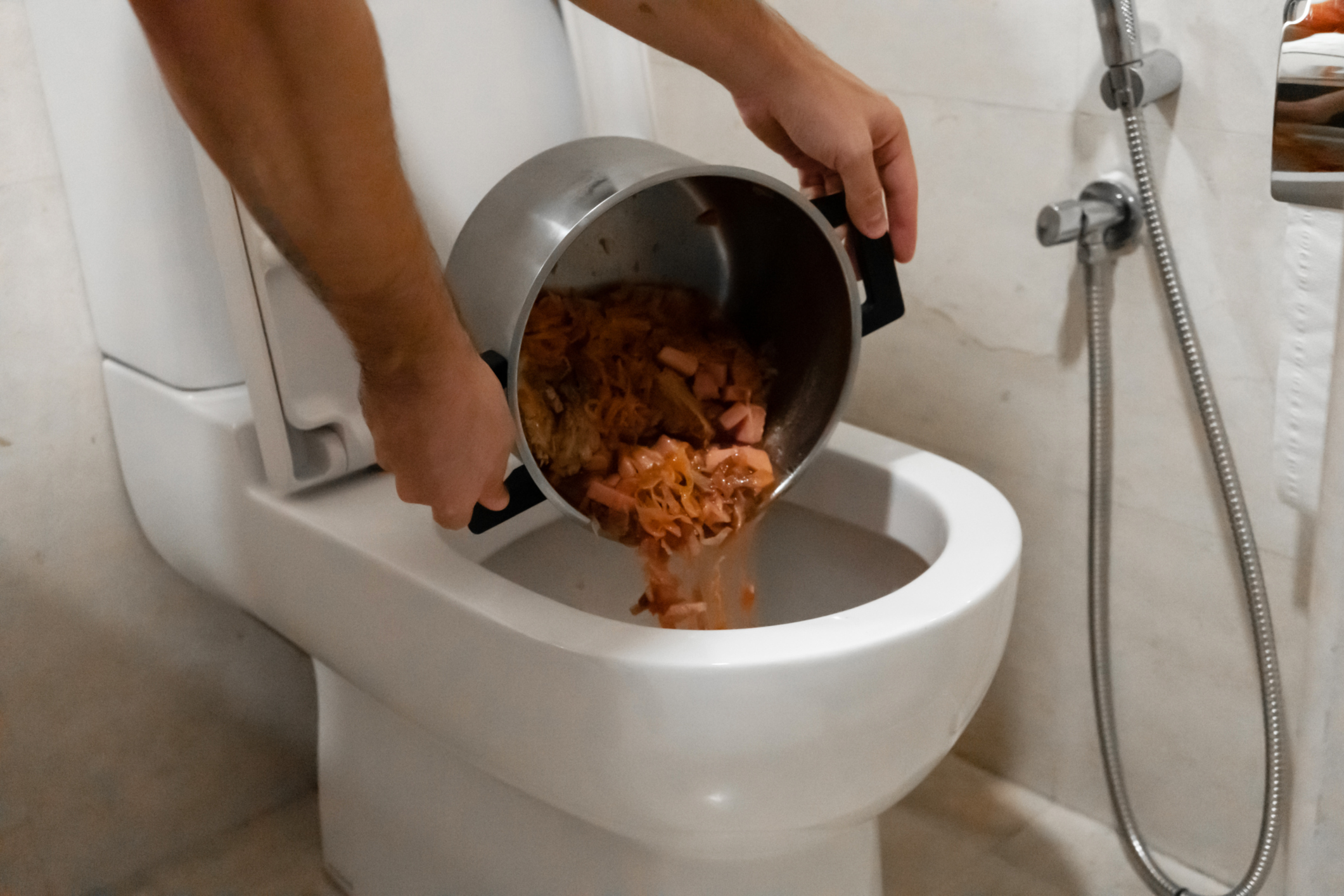Can You to Dispose of Food Down the Toilet?
Can You to Dispose of Food Down the Toilet?
Blog Article
How do you really feel in relation to Is it safe to flush food (especially rice) down the toilet??

Intro
Many people are typically faced with the problem of what to do with food waste, specifically when it comes to leftovers or scraps. One typical question that emerges is whether it's all right to flush food down the commode. In this short article, we'll delve into the reasons that individuals could think about purging food, the effects of doing so, and alternate approaches for appropriate disposal.
Reasons that individuals may think about purging food
Absence of recognition
Some individuals may not understand the potential harm caused by flushing food down the bathroom. They may wrongly believe that it's a safe technique.
Convenience
Flushing food down the commode may appear like a fast and simple service to disposing of undesirable scraps, specifically when there's no close-by trash bin available.
Idleness
In some cases, individuals may just pick to flush food out of sheer idleness, without considering the effects of their actions.
Repercussions of flushing food down the commode
Environmental influence
Food waste that winds up in rivers can add to pollution and harm aquatic ecosystems. In addition, the water used to flush food can strain water resources.
Plumbing issues
Flushing food can cause blocked pipes and drains, causing costly pipes repair work and hassles.
Kinds of food that must not be flushed
Coarse foods
Foods with fibrous textures such as celery or corn husks can obtain entangled in pipelines and cause clogs.
Starchy foods
Starchy foods like pasta and rice can soak up water and swell, bring about obstructions in pipes.
Oils and fats
Greasy foods like bacon or cooking oils need to never be purged down the bathroom as they can strengthen and cause blockages.
Appropriate disposal methods for food waste
Utilizing a garbage disposal
For homes equipped with waste disposal unit, food scraps can be ground up and purged with the plumbing system. Nonetheless, not all foods appropriate for disposal in this fashion.
Recycling
Certain food packaging materials can be reused, decreasing waste and decreasing environmental effect.
Composting
Composting is an environment-friendly means to get rid of food waste. Organic materials can be composted and utilized to enrich dirt for gardening.
The importance of correct waste administration
Minimizing environmental damage
Proper waste monitoring methods, such as composting and recycling, aid reduce pollution and protect natural deposits for future generations.
Safeguarding pipes systems
By staying clear of the practice of flushing food down the commode, house owners can avoid expensive pipes repair work and preserve the stability of their pipes systems.
Verdict
In conclusion, while it might be appealing to flush food down the toilet for benefit, it is essential to understand the potential effects of this action. By embracing appropriate waste administration practices and disposing of food waste properly, individuals can contribute to healthier pipes systems and a cleaner environment for all.
FLUSH FOOD DOWN THE TOILET?
FLUSHING FOOD CAN CAUSE BLOCKED DRAINS IN YOUR HOME
All of the plumbing fixtures in your home are connected to the same sewer pipe outside of your home. This outdoor sewer pipe is responsible for transporting all the wastewater from your home to the Council sewer mains. Even small pieces of food that go down the kitchen sink can cause problems for your sewer. It should therefore be obvious that flushing larger bits of food, such as meat, risks a clog in either the toilet itself or the sewer pipes. Flushing greasy food is even more problematic because oil coagulates when it cools, coating the interior lining of your pipes.
THE TOILET IS NOT A BIN
Food isn’t the only thing that people shouldn’t be flushing down the toilet. People use the toilet to dispose of all kinds of things such as tampons, makeup wipes, dental floss, kitty litter and even underwear. Water goes to great lengths to educate residents about the high costs and stress placed on wastewater treatment systems simply from people flushing the wrong stuff down the toilet. It costs taxpayers millions of dollars each year, and homeowners thousands in blocked drain repairs.
FLUSHING FOOD IS A WASTE OF WATER
Flushing food is a waste of our most precious resource - water. In June this year Level 1 water restrictions were introduced to protect water supply from drought conditions. Much of New South Wales continues to be affected by prolonged drought with recent figures revealing up to 97 per cent of the state remains in drought. Depending on whether you have a single or dual flush toilet, every single flush uses between five and 11 litres of water. In the current climate this is a huge amount of water to be wasting on flushing food that should be placed in the bin (or better yet, the compost).
https://www.jabplumbingsolutions.com.au/blog/can-you-flush-food-down-the-toilet

As an avid person who reads on What Can Happen If You Flush Food Down the Toilet?, I figured sharing that piece of content was a great idea. In case you liked our page plz don't forget to share it. Many thanks for taking the time to read it.
Book Inspection Report this page